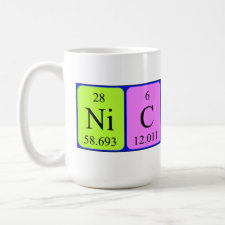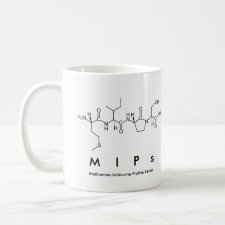
Authors: Kryscio DR, Fleming MQ, Peppas NA
Article Title: Conformational studies of common protein templates in macromolecularly imprinted polymers.
Publication date: 2012
Journal: Biomedical Microdevices
Volume: 14
Issue: (4)
Page numbers: 679-687.
DOI: 10.1007/s10544-012-9648-5
Abstract: Unlike the molecular imprinting of small molecule templates, molecularly imprinted polymers specific to large templates (> 1,500 Da), have achieved limited success to date. Conformational stability of these labile macromolecules is one of the main factors that prevent the direct extension of successful procedures from the small molecule regime. We continue our systematic investigation of the effect of common components in macromolecular MIPs on the conformation of protein templates. Circular dichroism was used to show that frequently employed monomers and crosslinkers induce significant changes in the secondary structures of lysozyme and bovine hemoglobin. The extent to which this change occurs, at ligand concentrations far below what are typically used reported work, is cause for concern and provides as rational explanation for the lack of success in this arena. This is because a change in the template structure prior to polymerization would lead to the binding sites formed during polymerization to be specific to this alternate conformation. Subsequent studies with the macromolecule in its native state and the crosslinked network would not be successful. Using this information as a guide, we offer suggestions as to where work in macromolecular imprinted polymers should focus going forward in order for these antibody mimics to reach their vast potential as a new class of biomedical diagnostic devices
Template and target information: protein, lysozyme, bovine hemoglobin
Author keywords: molecular imprinting, protein imprinting, Macromolecular conformation, circular dichroism, lysozyme, Bovine hemoglobin



Join the Society for Molecular Imprinting

New items RSS feed
Sign-up for e-mail updates:
Choose between receiving an occasional newsletter or more frequent e-mail alerts.
Click here to go to the sign-up page.
Is your name elemental or peptidic? Enter your name and find out by clicking either of the buttons below!
Other products you may like:
 MIPdatabase
MIPdatabase









